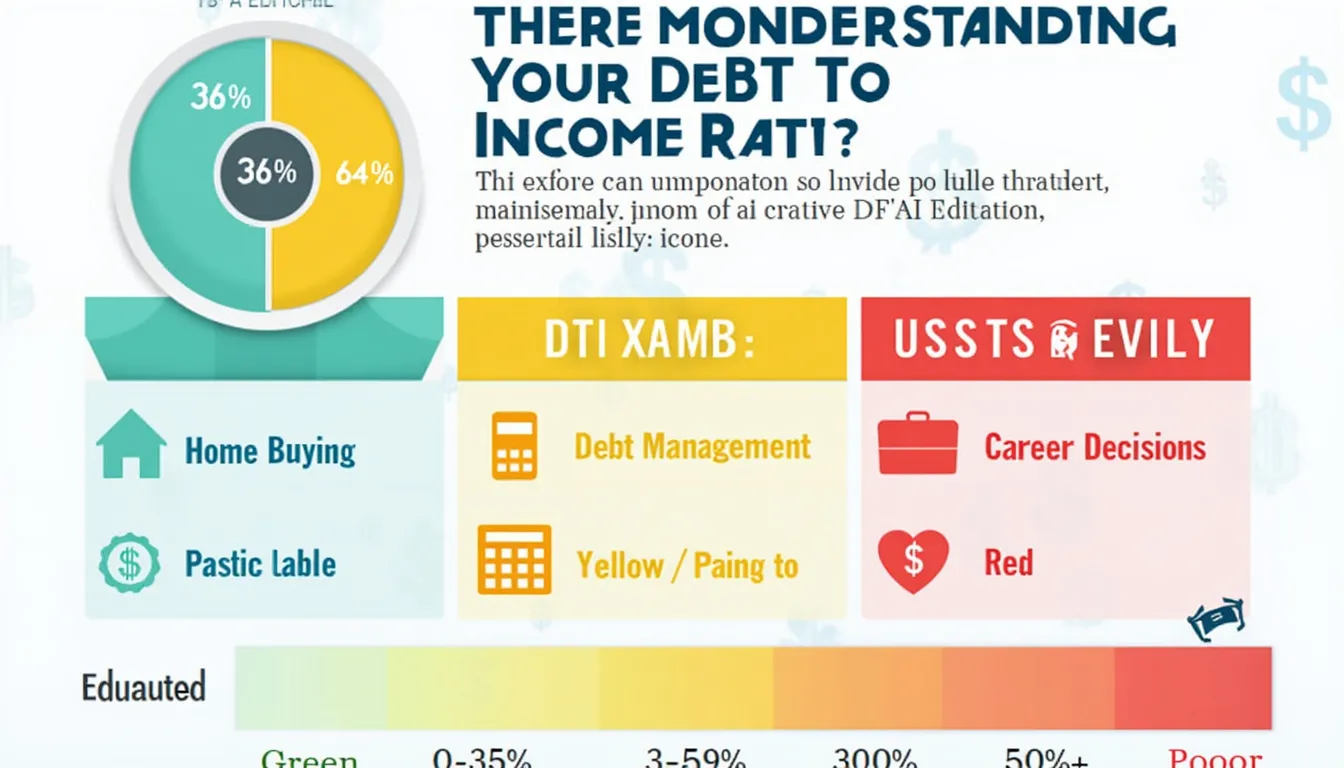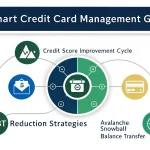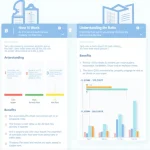Debt-to-Income Ratio Calculator
Is this tool helpful?
How to use the tool
1 – List every monthly debt payment
- Example A: mortgage $1,450, car loan $380, credit cards $210.
- Example B: rent $2,000, student loan $420, personal loan $180.
2 – Enter your gross monthly income
- Example A: salary $5,800.
- Example B: salary $7,450.
3 – Add any additional income (optional)
- Example A: side-gig $650.
- Example B: dividends $900.
4 – Press “Calculate DTI Ratio” to see the percentage
The display shows your DTI, its category—Low (≤36 %), Moderate (37-49 %), or High (≥50 %)—and a short recommendation.
5 – Use the result
- Plan debt-reduction if you land in Moderate or High.
- Compare your figure with lender limits before applying for credit.
Formula
The calculator uses:
$$\text{DTI} = rac{\text{Total Monthly Debt Payments}}{\text{Gross Monthly Income} + \text{Additional Monthly Income}} \times 100\%$$Example calculations
Example A – Low category
- Total debt = $1,450 + $380 + $210 = $2,040
- Total income = $5,800 + $650 = $6,450
$$\text{DTI}= rac{2,040}{6,450}\times100\% = 31.63\%$$
Example B – High category
- Total debt = $2,000 + $420 + $180 = $2,600
- Total income = $7,450 + $900 = $8,350
$$\text{DTI}= rac{2,600}{8,350}\times100\% = 31.14\%$$
Quick-Facts
- Conventional mortgage back-end DTI cap: 45 % (Fannie Mae Selling Guide, 2023).
- FHA loans may allow 57 % with compensating factors (HUD Handbook 4000.1, 2022).
- Average U.S. borrower DTI: 36 % in 2022 (Ellie Mae Origination Insight Report, 2022).
- “Keep debt obligations under 20 % to preserve savings capacity” — Fidelity budgeting rule (Fidelity, 2023).
Frequently Asked Questions
What is a Debt-to-Income (DTI) ratio?
DTI shows the share of your gross monthly income that services debt. Lenders use it to judge repayment ability (CFPB, 2023).
Why does a low DTI matter?
DTIs under 36 % qualify you for better interest rates and larger loan amounts (Freddie Mac Guide, 2023).
Does DTI include living expenses like groceries?
No. DTI counts only contractual debts—loans, credit cards, alimony—not variable costs (CFPB, 2023).
How often should I recalculate my DTI?
Recheck whenever your debt or income changes, or at least annually, to keep goals aligned (Investopedia, 2023).
How can I lower a High DTI?
Pay down high-interest balances, refinance to longer terms, or increase income streams; each action shrinks the numerator or grows the denominator (NerdWallet, 2023).
What DTI do mortgage lenders accept?
“The total fixed payment ratio may not exceed 57 %” for FHA loans with compensating factors (HUD Handbook 4000.1, 2022).
Is DTI the only approval metric?
No. Lenders also review credit score, down payment, and reserves (Fannie Mae Selling Guide, 2023).
Can extra income push me into a better DTI tier?
Yes. Adding verified side income raises the denominator, instantly lowering your DTI percentage (CFPB, 2023).
Important Disclaimer
The calculations, results, and content provided by our tools are not guaranteed to be accurate, complete, or reliable. Users are responsible for verifying and interpreting the results. Our content and tools may contain errors, biases, or inconsistencies. Do not enter personal data, sensitive information, or personally identifiable information in our web forms or tools. Such data entry violates our terms of service and may result in unauthorized disclosure to third parties. We reserve the right to save inputs and outputs from our tools for the purposes of error debugging, bias identification, and performance improvement. External companies providing AI models used in our tools may also save and process data in accordance with their own policies. By using our tools, you consent to this data collection and processing. We reserve the right to limit the usage of our tools based on current usability factors.







